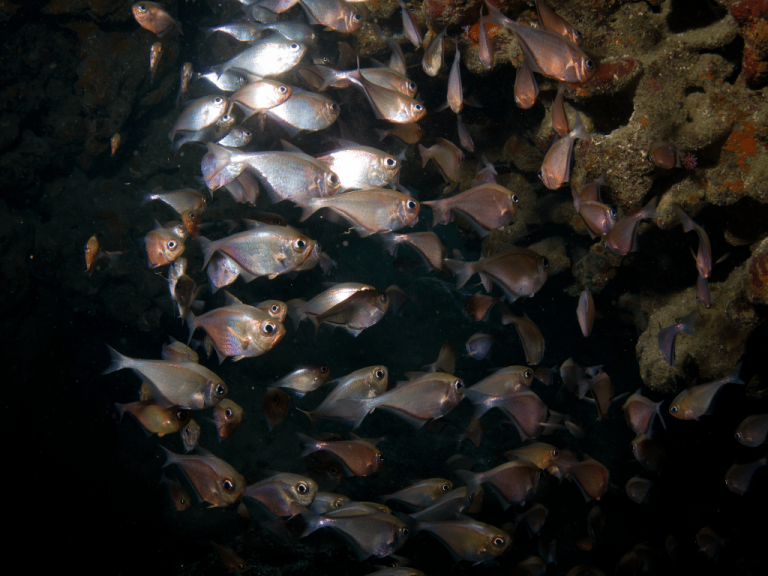Not long ago, several animal researchers discovered a spring at the foot of the mountains in the Yudong area of Yixian County, Hebei Province, from which a large number of fish flowed out along with the spring water. According to local farmers, more than 20,000 jin (approximately 12,000 kilograms) of fish flowed out in 1899!
Why are there large numbers of fish in some mountain caves? Ichthyologists believe that the fish in ancient mountain caves are mostly small species that habitually live at the bottom of the water. These fish generally do not weigh more than a jin (approximately 0.5 kilograms) and are about 20 centimeters in length. They do not like “brightness,” and unlike some animals that enjoy light, this habit is called “photophobia” or “light avoidance.” They prefer to lurk at the edges of stones at the bottom of the water or in the crevices of rocks, feeding on low-level aquatic plants—mosses growing on the stones—and some planktonic and semi-planktonic small organisms. The water in the caves provides excellent conditions for their survival. Additionally, because people rarely visit these places, the fish are seldom disturbed by external environmental conditions or human fishing. Over time, the number of fish increases. These fish usually like to hide at the bottom of the water and are rarely seen daily. However, around the Grain Rain period or on warm, windless nights, they swim out of the caves in groups of three to five along with the spring water.
How did the fish originally get into the caves?
The water in the caves might be connected to external water sources such as rivers and lakes, allowing fish to enter the caves through underground water. It is also possible that heavy rain washed fish from mountain streams into the caves. Over time, they became residents of the caves.

